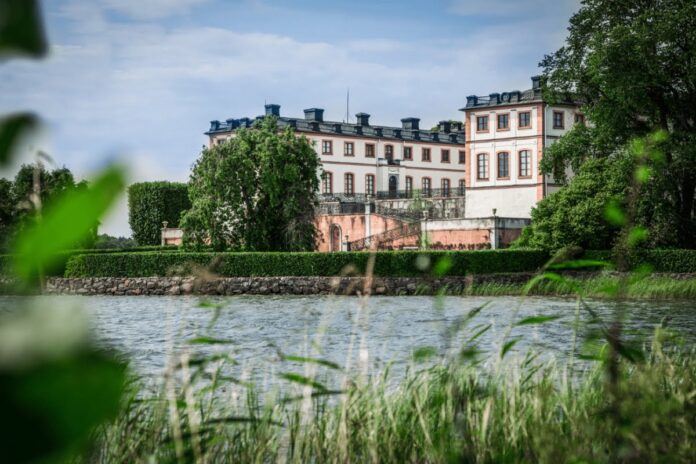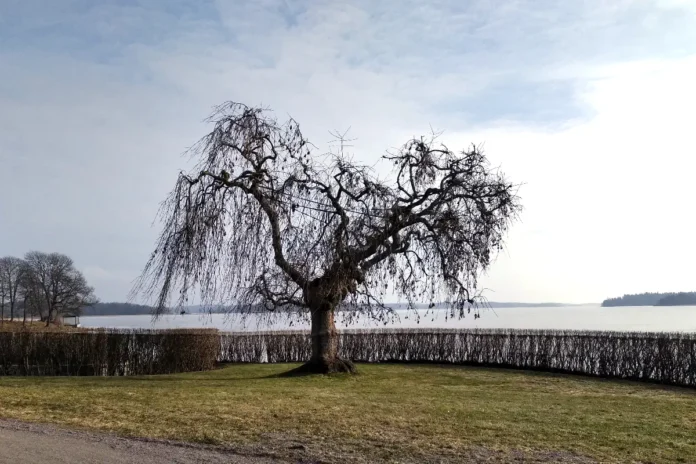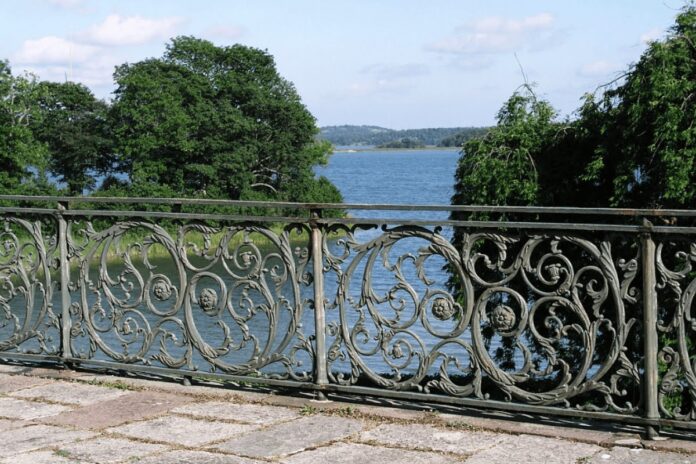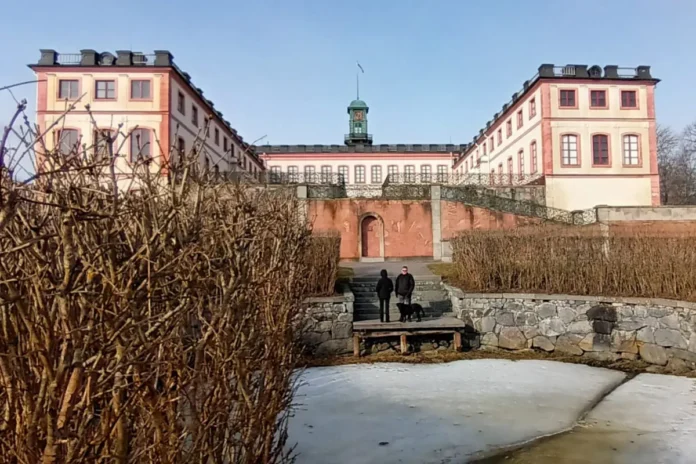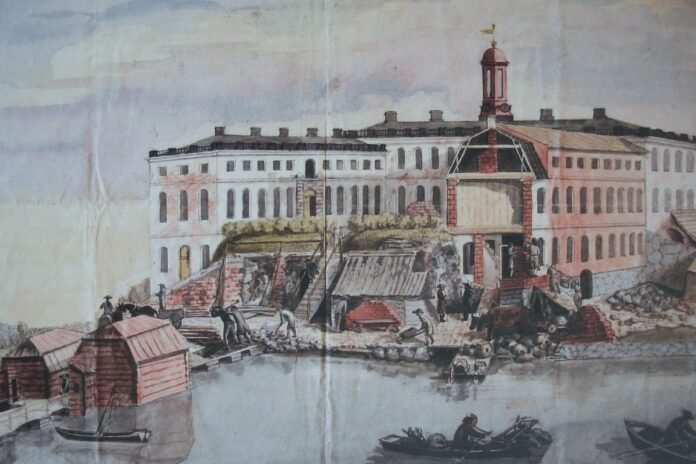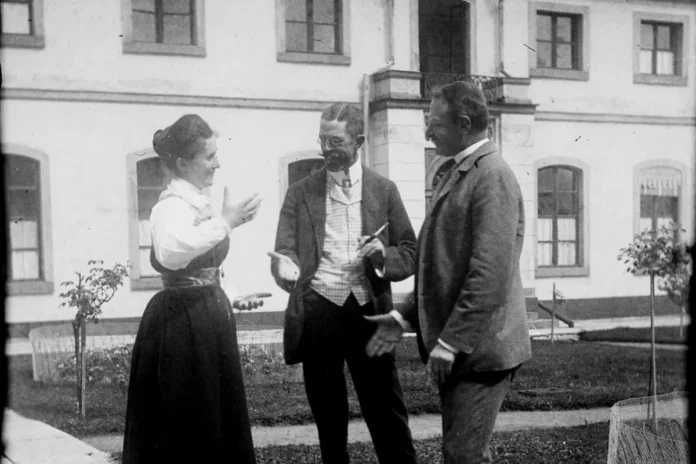Tullgarn Palace: A stroll through Swedish royal history
Step into the rich history of Tullgarn Palace, a regal treasure in the scenic province of Södermanland, Sweden. Dating back to the 1720s, this exquisite Swedish royal residence has hosted generations of monarchs, including Kings Oscar I and Gustav V.
Tullgarn Palace: A royal legacy
Originating in the 1720s, the palace is a testament to centuries of royal heritage. Built initially as the summer retreat for Duke Fredrik Adolf in the 1770s, it later became a favored seasonal residence for various kings.
Experience the majesty of Tullgarn Palace
- Palace Tours: Immerse yourself in royal opulence with guided tours of the palace. Discover lavishly adorned rooms that offer a glimpse into the extravagant lifestyle of Swedish royalty.
- Palace Gardens and Park: Meander through the meticulously landscaped gardens and sprawling park that surround Tullgarn Palace. The well-manicured lawns provide an idyllic backdrop for leisurely strolls and picnics.
- Seaside Views: Located on the Baltic Sea coast, Tullgarn Palace offers stunning views of shimmering waters and nearby islands. Consequently, enjoy contemplative moments by the sea as you take in the breathtaking scenery.
- Historical Significance: Revel in the rich history that permeates every corner of Tullgarn Palace. This cherished summer residence stands as a testament to its role in Swedish royal heritage.
The Gustavian era
In 1719, the older Renaissance castle was razed, and the current palace was designed by Privy Councillor Magnus Julius De la Gardie. Constructed between 1720 and 1727, the palace was acquired by the state in 1772 and transformed into a royal pleasure palace. Its refinement is demonstrated by the neoclassical interiors, crafted during Duke Fredrik Adolf’s tenure, which are among Sweden’s finest Gustavian interiors.
Oscar I’s summer residence
Following Duke Fredrik Adolf’s passing, the palace was bestowed upon his sister, Princess Sophia Albertina. After her death in 1829, it passed to the future Oscar I of Sweden. He made Tullgarn Palace the summer residence of the Swedish royal court. Oscar I oversaw respectful renovations, including the construction of the stable, orangery, and gentleman’s house.
Gustav V’s summer residence
Under King Gustaf V and Queen Victoria, Tullgarn experienced a renaissance. Significant changes occurred, including installing a new oak outer portal around 1890. Much of today’s interior decoration dates from their era. On June 28, 1909, the Russian Emperor Nicholas II and his family visited Tullgarn, adding to its historical significance.
Queen Victoria’s legacy
Queen Victoria was a skilled photographer and took thousands of pictures. In her will, she stipulated that all negatives should be sunk in the water outside the palace. As a result, they remain at the bottom to this day.
Modern era
Since 1975, Tullgarn Palace has been under the control of King Carl XVI Gustaf, with a floor set aside for his use.
Anecdote: The ditch incident and Kungens Kurva
In September 1946, during a return journey from a hunting trip at Tullgarn, Gustaf V’s chauffeur drove the hunting party into a water-filled ditch near Segeltorp in southern Stockholm. The site was humorously named King’s Curve (Kungens Kurva), and it subsequently became its official name.
Visit Tullgarn Palace today
Embark on a captivating journey through time and nature at Tullgarn Palace. In essence, discover historical architecture, serene gardens, and seaside vistas amidst splendid refinement.



